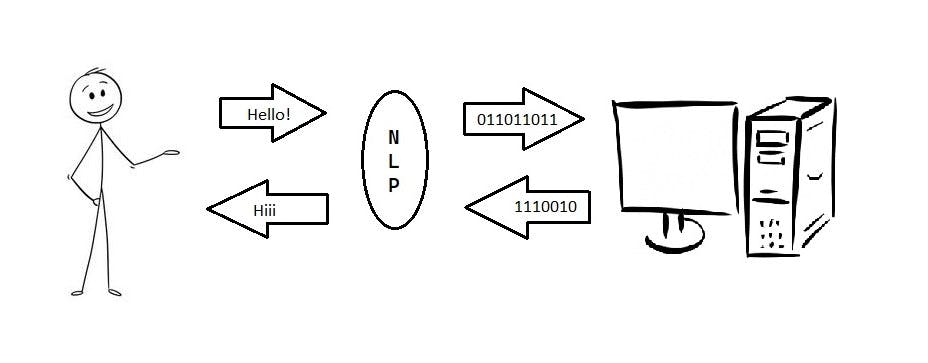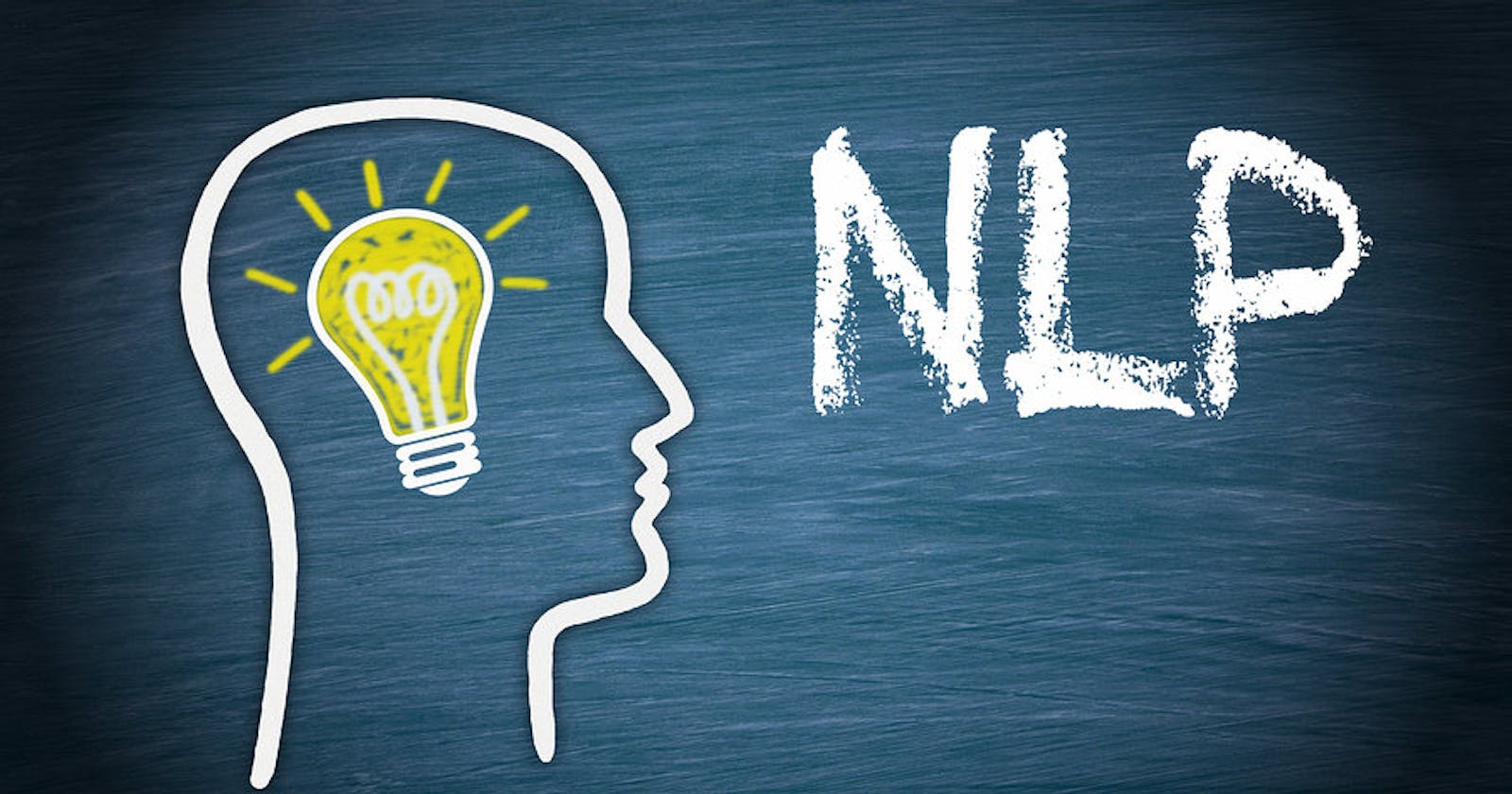What is NLP?
Natural Language Processing (NLP) is a subfield of Linguistics, computer science and artificial intelligence concerned with the interactions between computers and human language in particular how to program computers to process and analyze large amounts of natural language data.

NLP is a translator between humans and machines. Natural Language Processing is the way by which machines can derive insights from text/documents.
Need for NLP
In neuropsychology, linguistics, and the philosophy of language, a natural language or ordinary language is any language that has evolved naturally in humans through use and repetition without conscious planning or premeditation.
Natural languages can take different forms, such as speech or signing. They are distinguished from constructed and formal languages such as those used to program computers or to study logic.
Real World Applications
Contextual Advertisements
Email Clients
Social Media
Search Engines
Chatbots
Common NLP Tasks
Text / Document Classification
Sentiment Analysis
Information Retrieval
Parts of speech tagging
Language Detection and Machine Translation
Conversational Agents
Knowledge Graph and QA Systems
Text Summarization
Topic Modelling
Text Generation
Spell Checking and Grammer Correction
Text Parsing
Speech to Text
Approaches to NLP
Heuristic Approaches
Machine Learning Approaches
Deep Learning Approaches
Challenges in NLP
Ambiguity
Contextual Words
Colloquialisms and Slang
Synonyms
The Irony, Sarcasm and Tonal Difference
Spelling Errors
Creativity
Diversity
